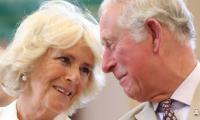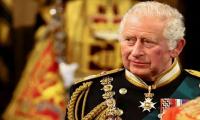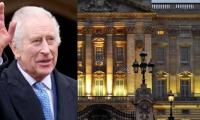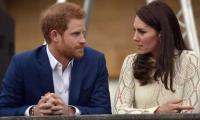KARACHI: The battered rupee plunged to another record low on Thursday, falling past 200 to a dollar in the interbank market, continuing its sharp as investors worried about the pace of its fall and a lack of support from the central bank.
The local unit fell by 1.61 rupees or 0.81 percent against the dollar. The rupee was traded as low as 200.10 in intraday trade. It ended at 198.39 on Wednesday.
In the open market, the rupee was selling at 201 versus the greenback, rates published by the Exchange Companies Association of Pakistan showed. However, some dealers sold rupee even at a very higher rates of 202-205 in the kerb market.
Analysts link the depreciation of the currency to the bailout talks with the IMF, which are underway in Doha, apart from intensifying the balance of payment crisis, increasing political uncertainty and eroding investor confidence in the country’s economy.
The government resumed negotiations with the IMF to secure seventh tranche from a $6 billion bailout package to help support fragile economy.
The government is also seeking to increase the size and duration of the loan programme as it is in a dire need of external financing amid depletion in the foreign exchange reserves. The forex reserves of the central bank declined to 10.3 billion during the week ending May 6 that can cover less than two months of imports.
The government is trying to ensure the successful and rapid completion of the IMF negotiations, according to analysts.
“There might be a temporary softening of the rupee if IMF negotiations end positive but the underlying economic fundamentals would still be the same,” said Komal Mansoor, the head of strategy at Tresmark. “We’re quite vulnerable on the external front.”
The sliding rupee has caused alarm in Pakistan, which is already facing a higher trade deficit and rampant domestic and foreign borrowings. The country is struggling with soaring inflation and increasing costs for fuel and power, which both are greatly influenced by the dollar exchange rate.
“Two good developments (which are actually bad for the economy in the long run) are currency devaluation and interest rate increases, which could be liked by the IMF and would therefore help get us back on track with them in the on-going negotiations,” said Khurram Schehzad, the CEO of Alpha Beta Core.
The government has decided to impose a ban on the import of non-essential items in a bid to ease pressure on the forex reserves and the rupee. However, analysts said the major increase in the import bill emanates from the energy imports.
“Pressure on PKR is mainly due to delay in deciding on much needed reforms to eliminate subsidies and to control imports,” said Mohammed Sohail, CEO at Topline Securities.
Tahir Abbas, head of research at Arif Habib Limited said the reason for continued currency depreciation is the uncertainty prevailing in the market and absence of any economic roadmap by the government.
The State Bank of Pakistan is also likely to raise interest rates further at the upcoming policy meeting scheduled for Monday to curb inflation and help prevent the rupee from declining further.
The headquarters of the Sui Southern Gas Company . — APP FileKARACHI: Sui Southern Gas Company has launched a fresh...
The logo of the ExpoMed Eurasia. — CA MI websiteKARACHI: Pakistan is participating in ExpoMed Eurasia, a leading...
Gold bars are seen in this undated file photo. — AFP/FileKARACHI: Gold prices increased by Rs500 per tola on...
FFBL Head Office building can be seen in Islamabad. — FFBL WebsiteKARACHI: Fauji Fertilizer Bin Qasim Limited has...
Representational file of an BMW car. — AFP FileLAHORE: Small improvements in economic credentials of the country are...
A fuel station worker filling petrol in vehicle at a fuel station in Karachi on Tuesday, April 16, 2024KARACHI: After...







